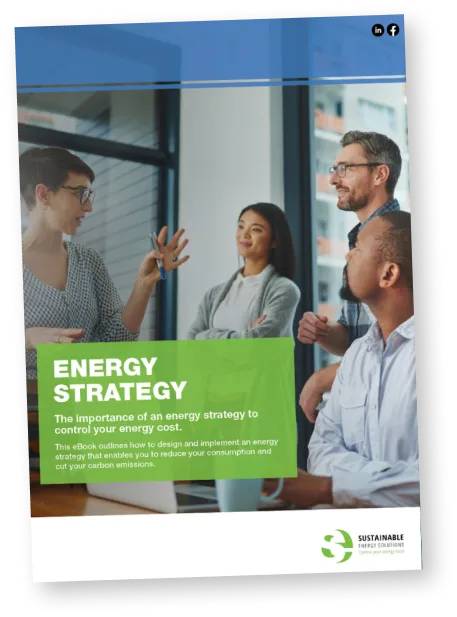Australia’s energy transition is facing mounting challenges, with rising electricity prices and critical grid investments highlighting key pressure points. As reported by the ABC, Australian households and businesses are bracing for another round of power bill hikes, with increases ranging from 2 to 9 percent expected around July this year. This follows years of steep price rises, driven in part by global market disruptions and domestic policy shortcomings. A core issue is Australia’s gas exports, which have left domestic supply constrained and prices elevated. Gas remains the key marginal fuel for power generation, setting wholesale electricity prices. Despite government interventions, such as the $12 per gigajoule price cap, costs have again trended upward. Meanwhile, the broader transition away from coal remains complex. Ageing coal-fired generators are increasingly unreliable and uneconomic compared to cheaper renewables, but maintaining grid stability without them remains a hurdle.
The challenge of stabilising the grid as it shifts towards renewables is further underscored by Transgrid’s proposed $700 million investment in synchronous condensers, as reported by the Australian Financial Review. These machines, which do not generate electricity but provide essential grid stability, are becoming increasingly necessary as coal plants retire. Transgrid’s CEO, Brett Redman, has emphasised the need for government support to secure financing, warning that without it, investment in critical infrastructure could be at risk. The company is already spending billions on transmission projects like HumeLink and EnergyConnect to connect new wind, solar, and battery capacity, but these projects take years to generate revenue, placing financial strain on grid operators.
Rising electricity costs and the investment challenge for grid stability reflect the difficulties of Australia’s energy transition. Expanding transmission networks and ensuring grid reliability come at a high price, with costs ultimately borne by consumers. At the same time, domestic energy affordability remains a pressing concern, with gas pricing policies continuing to affect electricity markets. Without a more coordinated approach balancing affordability, infrastructure investment, and renewable expansion, Australia risks a protracted and costly transition.

